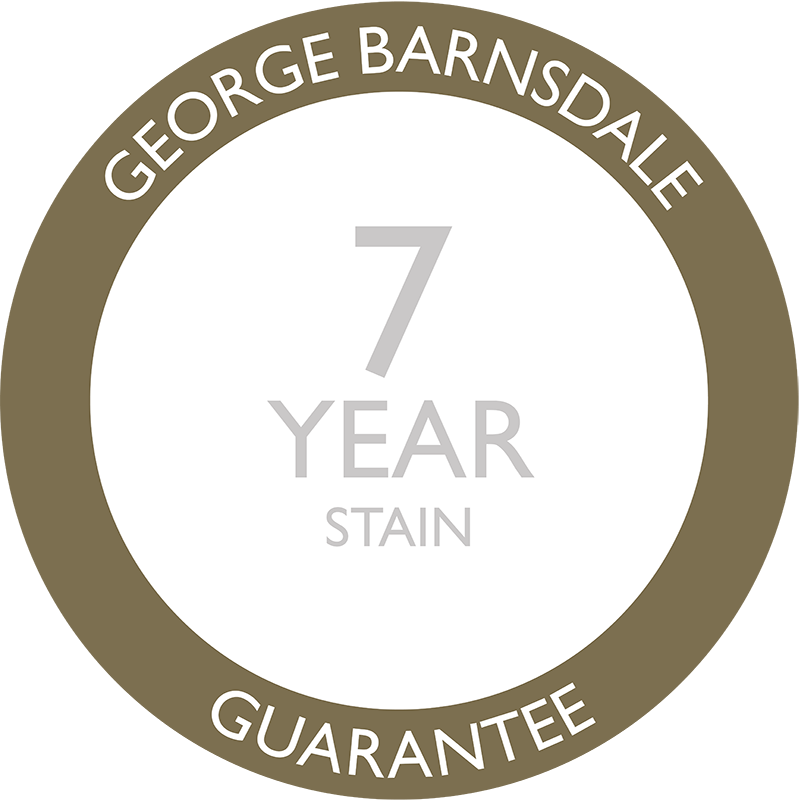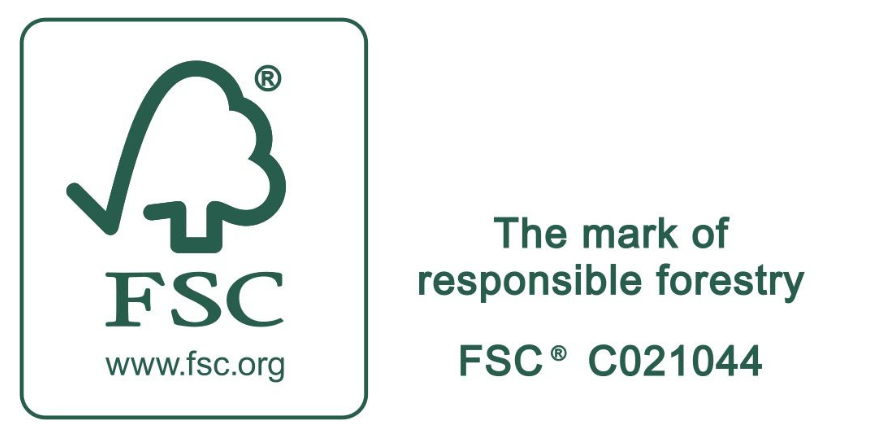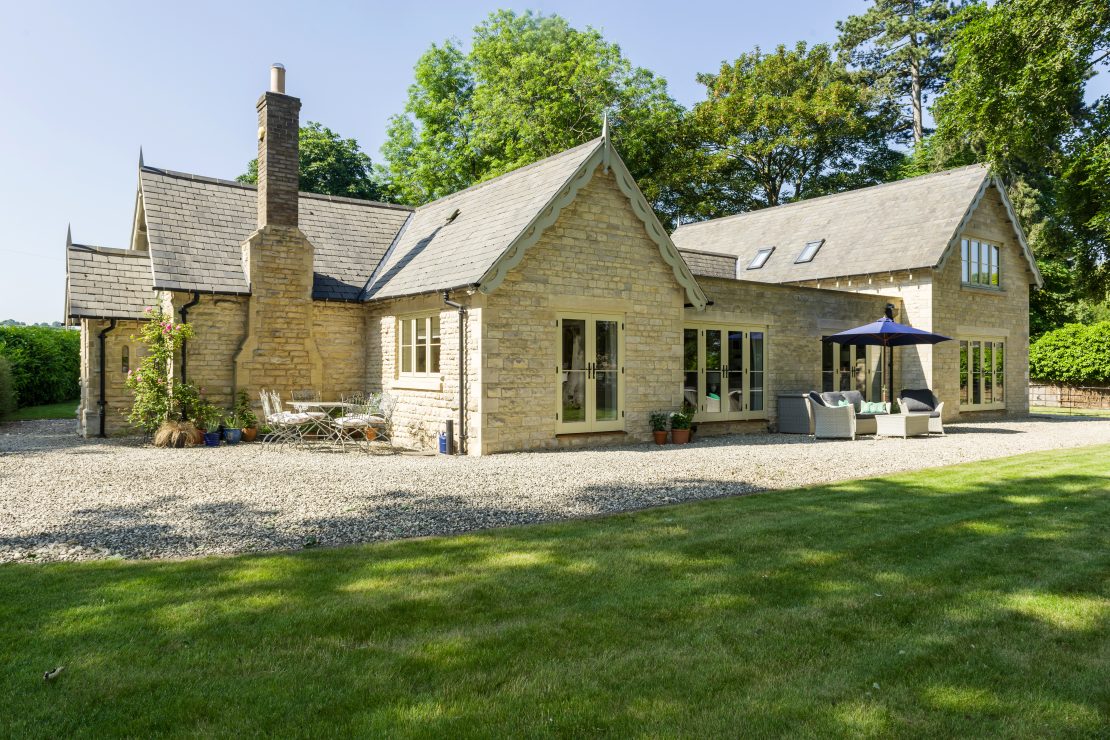December 1, 2017
When choosing your windows, it is important to not only ensure the style and design are to your liking, but that that they are also energy efficient.
It is becoming increasingly important to reduce our carbon emissions, but equally if not more so, is decreasing the energy bills and saving some extra cash.
Most window manufacturers show the energy efficiency of their products using an energy-rating scale from A++ to E. As with your school grades, the grade equates to the performance. A++ being the most efficient down to E.
In order to satisfy building regulations, the minimum rating you should even consider looking at is a C for windows and E for doors. Although in exceptional circumstances, such as historic properties or conservation areas there may be exceptions to this.
The rating scheme is run by the British Fenestration Rating Council (BFRC) and the whole window (the frame and the glass) is assessed on its efficiency at retaining heat.
Although manufacturers may also include other performance scores and values such as below:
U-Value 1.3
g-Value 71%
LT 81%
U-values
Where windows have an energy rating they should also have the u-value of the window displayed on the energy label. The u-value is a measure of how easily heat can pass through the materials. Materials that let out less heat will have lower u-values. Alternatively, materials that let more heat pass through them have higher u-values.
The u-value indicates the insulation levels, but not necessarily it’s energy efficiency. For example, a window with a high energy performance rating, may also have a high u-value, as other aspects of the window may assist the overall efficiency, such as the coating used, or the gap between the window panes, or the gas used.
The u-value simply measures the rate of heat transfer, telling you how well the window insulates, not how efficient it is. Therefore, the lower the u-value, the better the window insulates.
The values generally range from 0.25 to 1.5. Higher values coming as standard, but can be customised to be improved and decreased.
G-values
The g-value on the other hand, is a measure of how much solar heat is being allowed in through the window. The lower the figure, the less solar heat transferring from outside to in, whereas a higher figure will allow more in.
G-value = total solar heat gain / incident solar radiation
In cooler climates, such as the UK about 361 days of the year, a higher g-value will be generally beneficial in the winter, as it reduces the need for heating. Although on hot summer days, there can be an element of overheating. Conversely, warmer climates or certain rooms benefit from a lower value, or have an IR reflecting surface coating applied, to reflect the radiant heat and reduce the costs of cooling the property.
LT (Light Transmissions)
LT (light transmissions) or VLT (visible light transmissions) relates to the amount of visible light that passes through a glazing system. The higher the rating, the more natural light passes through and a lower rating is better for glare control.
It is important to understand that LT or VLT only refers to visual light and not ultraviolet rays. Most window films will block more than 98% of all UV rays.




















